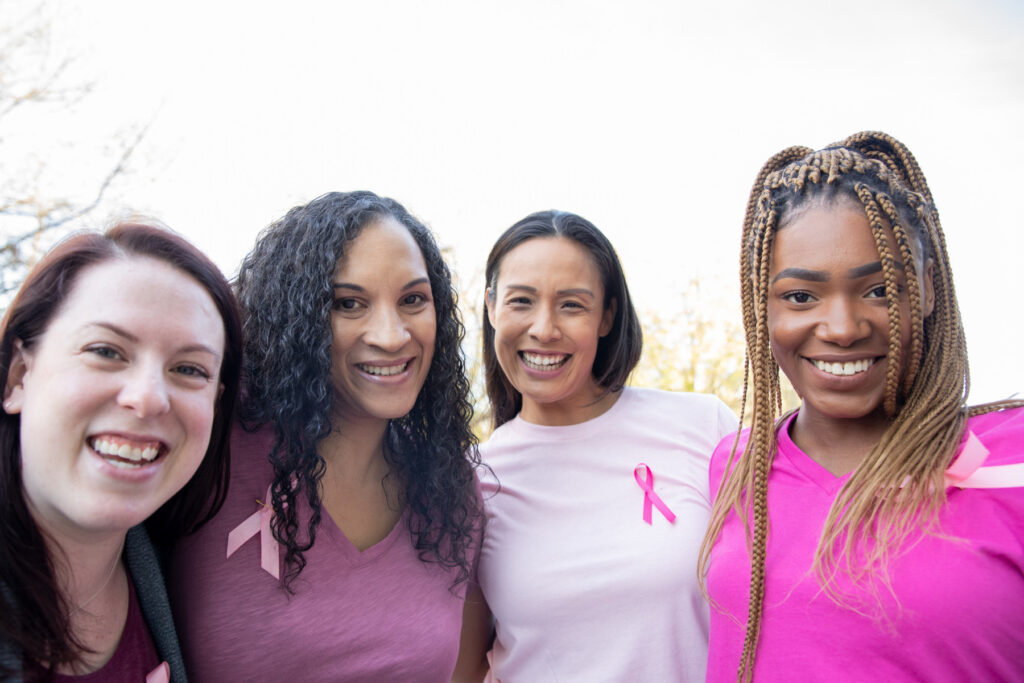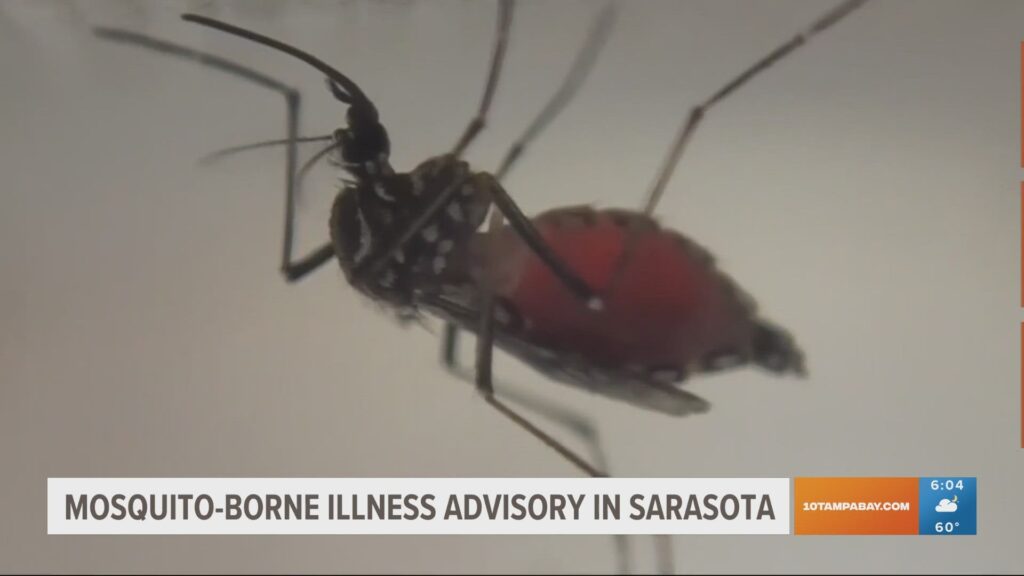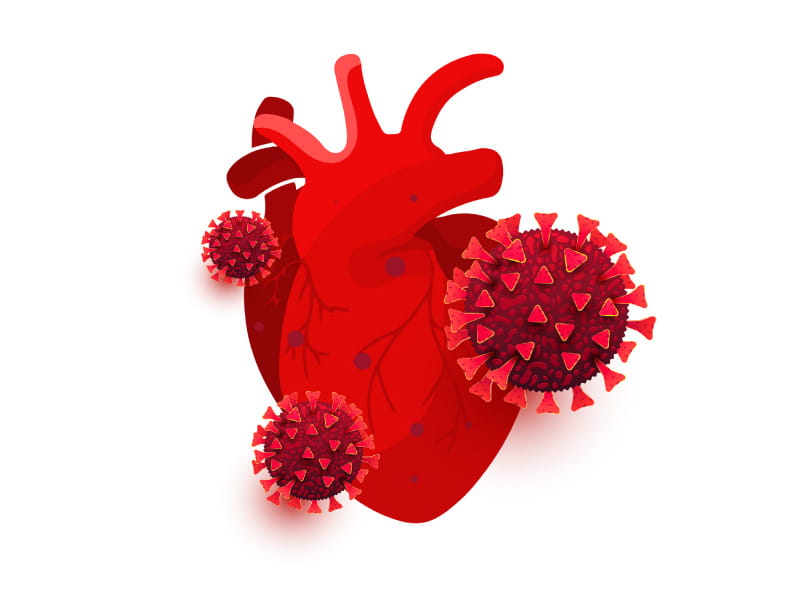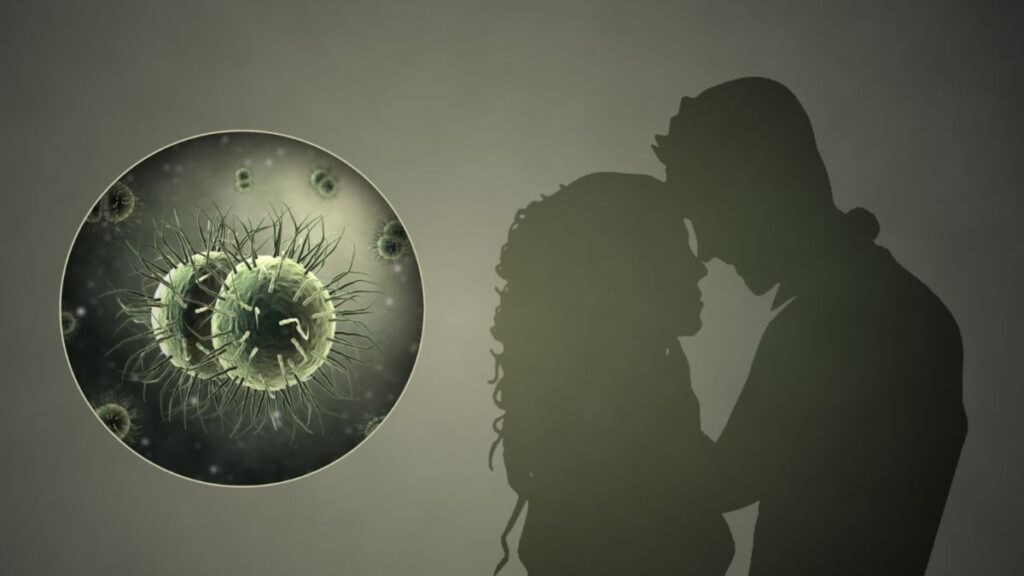Childhood cancer survivors face lifelong challenges, as highlighted by experts. With increased rates and improved survival, there is a growing number of individuals who have overcome childhood cancer.
However, these survivors are at a heightened risk of developing future health issues. This underscoring of the long-lasting impact of childhood cancer emphasizes the need for continued support and healthcare for survivors even after their initial treatment. Various studies have shown the increased risk of developing a second cancer among childhood cancer survivors, indicating that their battle extends beyond the initial diagnosis and treatment.
Understanding the long-term implications and providing ongoing care is vital in ensuring the well-being of these individuals.
The Rising Rates And Falling Death Rates Of Childhood Cancer
Childhood cancer survival takes a lifetime, as experts explain the rising rates and falling death rates of this disease. Many studies have shown the increased risk of developing a second cancer among childhood cancer survivors, emphasizing the importance of long-term monitoring and care for these individuals.
Statistics On Childhood Cancer Rates
Childhood cancer rates have been on the rise in recent years, posing a significant health challenge. According to the American Cancer Society, childhood cancer is the leading cause of death among children aged 1 to 19 years in the United States. The statistics on childhood cancer rates are sobering:
- An estimated 15,590 new cases of childhood cancer will be diagnosed in 2021.
- The overall incidence rate of childhood cancer has been increasing by about 0.6% per year since 1975.
- The incidence of certain types of childhood cancers, such as leukemia and brain tumors, has shown a steady increase.
- Approximately 1 in 285 children in the United States will be diagnosed with cancer before the age of 20.
Improvements In Treatments And Survival Rates
Despite the rising rates of childhood cancer, there has been significant progress in improving treatments and survival rates. Medical advancements and diligent research have played a crucial role in saving lives and enhancing the quality of life for childhood cancer survivors. Here are some key developments:
- Chemotherapy: The introduction of chemotherapy in the 1950s revolutionized the treatment of childhood cancer. It has been highly effective in shrinking tumors and preventing the spread of cancer cells.
- Radiation therapy: Radiation therapy has become more targeted and precise, minimizing damage to healthy tissues and maximizing the impact on cancer cells.
- Targeted therapies: Advances in genetic research have led to the development of targeted therapies that specifically attack cancer cells while sparing healthy cells.
- Immunotherapy: Immunotherapy has emerged as a promising treatment option for childhood cancer. It harnesses the body’s immune system to recognize and destroy cancer cells.
The Long-term Impact Of Childhood Cancer On Survivors
Surviving childhood cancer is a major achievement, but it comes with long-term implications for survivors. Many childhood cancer survivors face ongoing health challenges, known as late effects, as a result of their treatments. Here are some important considerations:
- Secondary cancers: Childhood cancer survivors have a higher risk of developing secondary cancers later in life. The risk varies depending on the type of cancer and the treatments received.
- Organ dysfunction: Treatments like chemotherapy and radiation therapy can damage vital organs, leading to long-term organ dysfunction and related health issues.
- Cognitive and developmental issues: Childhood cancer and its treatments can affect brain development and result in cognitive, learning, and developmental challenges.
- Psychosocial impact: Survivors may experience emotional and psychological challenges, including anxiety, depression, and post-traumatic stress disorder (PTSD).
Childhood cancer survival is a lifelong journey that requires comprehensive medical follow-up and support. Healthcare providers, researchers, and advocates continue to work tirelessly to improve the long-term outcomes for childhood cancer survivors.
Life-long Risks And Responsibilities Of Childhood Cancer Survivors
Childhood cancer survivors face life-long risks and responsibilities, as they are more susceptible to developing a second cancer and experiencing late effects of treatment. However, studies have shown that the life expectancy for childhood cancer survivors has improved over the years.
Despite the challenges, many survivors go on to live long and fulfilling lives.
Understanding The Increased Risks Of Developing Secondary Cancers
Surviving childhood cancer is a remarkable accomplishment, but it comes with a lifetime of risks and responsibilities. One of the most significant challenges that childhood cancer survivors face is an increased risk of developing secondary cancers later in life. According to experts, childhood cancer survivors have a higher chance of developing secondary cancers compared to the general population. The risk is further influenced by factors such as the type of primary cancer, the specific treatment received, and genetic predispositions.
Managing The Physical And Emotional Challenges Faced By Survivors
Beyond the risks of developing secondary cancers, childhood cancer survivors also face a multitude of physical and emotional challenges that can persist throughout their lives. The long-term effects of cancer treatment can range from physical disabilities and organ dysfunction to cognitive impairments and mental health issues. These challenges can significantly impact a survivor’s quality of life and require ongoing management. It is crucial for survivors to have access to supportive care services, such as physical therapy, psychological counseling, and social support groups, to help them cope with these challenges effectively.
The Importance Of Ongoing Medical Monitoring And Care
To mitigate the risks and challenges associated with childhood cancer survivorship, ongoing medical monitoring and care are paramount. Regular check-ups and evaluations are essential for early detection and intervention in the case of cancer recurrence or the development of secondary cancers. Survivors may also require specialized screenings and surveillance for specific late effects of treatment, such as cardiac monitoring for those who received chemotherapy drugs known to have potential heart toxicity. Additionally, survivors should stay up-to-date with recommended vaccinations, as their compromised immune systems may make them more susceptible to certain infections.
| Benefits of ongoing medical monitoring | Recommended screenings |
|---|---|
|
|
In conclusion, childhood cancer survivors face a lifetime of risks and responsibilities. Understanding the increased risks of secondary cancers, managing physical and emotional challenges, and ensuring ongoing medical monitoring and care are crucial for their long-term well-being. By acknowledging and addressing these aspects, survivors can navigate their journey more effectively and lead fulfilling lives beyond cancer.
Measuring Quality Of Survival For Childhood Cancer Patients
Childhood cancer survival takes a lifetime, as experts highlight the importance of measuring the quality of survival for these patients. Studies have shown an increased risk of developing a second cancer among childhood cancer survivors, emphasizing the need for long-term monitoring and care.
A Consensus Statement On Measuring The Quality Of Survival
Measuring the quality of survival for childhood cancer patients is crucial to understanding the long-term effects of treatment and improving outcomes. In a joint international effort, experts in the field of childhood cancer have developed a consensus statement outlining the key factors to consider when assessing the quality of survival. This statement serves as a valuable resource for healthcare providers, researchers, and policymakers, enabling them to evaluate the effectiveness of treatments and interventions for childhood cancer survivors.
Factors To Consider When Evaluating The Long-term Outcomes Of Childhood Cancer Treatment
When evaluating the long-term outcomes of childhood cancer treatment, several factors come into play. It is essential to assess not only the physical health of survivors but also their psychological and emotional well-being. Some key factors to consider include:
- The incidence of secondary cancers: Childhood cancer survivors are at an increased risk of developing secondary cancers later in life. Monitoring this aspect is crucial for providing appropriate surveillance and preventive strategies.
- Developmental milestones and educational outcomes: Assessing the impact of cancer treatments on survivors’ cognitive development and educational success is essential for ensuring their long-term well-being.
- Psychosocial functioning: It is crucial to evaluate survivors’ mental health, social integration, and overall emotional well-being post-treatment.
- Quality of life: Measuring survivors’ overall quality of life provides valuable insights into their physical, emotional, and social functioning. This includes assessing their physical health, functional limitations, and overall satisfaction with life.
Evaluating these factors helps healthcare providers tailor survivorship care plans to address the unique needs of childhood cancer survivors, thereby improving their overall well-being and quality of life.
Improving The Overall Well-being And Quality Of Life For Survivors
Ensuring the betterment of childhood cancer survivors’ lives goes beyond providing initial curative treatments. Ongoing surveillance, support, and intervention are vital for addressing the long-term physical, psychological, and social challenges they may face. Efforts should be made to:
- Develop comprehensive survivorship care plans that address the specific needs of each survivor.
- Facilitate regular follow-up screenings and healthcare visits to monitor survivors’ physical health and detect possible late effects of treatment.
- Promote access to appropriate educational resources and support services to aid survivors in overcoming cognitive and educational challenges.
- Offer psychosocial support, counseling, and mental health services to help survivors cope with the emotional impact of their cancer experience.
- Encourage healthy lifestyle choices, including regular exercise, proper nutrition, and avoiding behaviors that may increase the risk of future health complications.
By prioritizing these measures, we can work towards improving the overall well-being and quality of life for childhood cancer survivors, ensuring they have the best chance for a healthy and fulfilling future.
Improved Life Expectancy For Childhood Cancer Survivors
Childhood cancer is a devastating diagnosis that requires extensive treatment and ongoing care. However, modern advancements in medical research and treatment have significantly improved the life expectancy for childhood cancer survivors. Research findings illustrate the positive impact of these improvements, highlighting the factors that contribute to increased life expectancy and the measures taken to address long-term effects and promote healthy aging for survivors.
Research Findings On The Improved Life Expectancy Of Childhood Cancer Survivors
Multiple studies have provided evidence of the improved life expectancy for childhood cancer survivors in recent years. One such study, published in the journal Nature Medicine, found that the 15-year survival rate for children diagnosed with cancer increased from 58.1% in the early 1970s to 82.7% in the mid-2000s. This remarkable improvement can be attributed to advancements in treatment protocols, early detection, and a better understanding of the disease.
Factors Contributing To Increased Life Expectancy
Several factors have contributed to the increased life expectancy of childhood cancer survivors. One significant factor is the development of targeted therapies that specifically attack cancer cells while minimizing damage to healthy tissues. This approach has resulted in more effective treatment outcomes and reduced long-term side effects.
Additionally, early detection plays a crucial role in improving survival rates. Increased public awareness, improved diagnostic techniques, and regular screenings have allowed for the early detection of cancer, enabling timely intervention and better treatment outcomes.
Moreover, advancements in supportive care have also played a vital role in improving life expectancy. The management of treatment-related side effects, psychological support, and comprehensive follow-up care have all contributed to enhanced health outcomes for childhood cancer survivors.
Addressing Long-term Effects And Promoting Healthy Aging For Survivors
While improved life expectancy is undoubtedly a positive outcome, it is essential to address the long-term effects of childhood cancer treatment. Many survivors face unique challenges, including an increased risk of developing secondary cancers, chronic health conditions, and late effects from treatment.
To ensure the well-being of childhood cancer survivors, comprehensive survivorship programs are implemented. These programs focus on monitoring and managing any late effects, promoting healthy lifestyles, and providing ongoing support for survivors and their families.
Furthermore, survivors are encouraged to participate in regular medical check-ups, including cancer screenings and health assessments. Lifestyle modifications, such as engaging in physical exercise, maintaining a balanced diet, and avoiding unhealthy habits, are also emphasized to promote healthy aging and reduce the risk of long-term complications.
In conclusion, the improved life expectancy for childhood cancer survivors is a testament to the undeniable progress in cancer research and treatment. Through targeted therapies, early detection, and comprehensive survivorship programs, survivors are given the opportunity to lead fulfilling lives beyond their battle with cancer. However, continued research, funding, and support are crucial to further enhance the outcomes and quality of life for these brave individuals.
Overcoming Challenges: Moving Forward After Childhood Cancer
Overcoming Challenges: Moving Forward After Childhood Cancer is a lifelong journey, as experts emphasize the long-term effects of surviving this disease. Despite the risks of developing a second cancer and other complications, childhood cancer survivors can live fulfilling lives with proper care and support.
Navigating The Transition From Pediatric To Adult Healthcare
Transitioning from pediatric to adult healthcare is a crucial step for childhood cancer survivors as they navigate long-term follow-up care. This transition can be overwhelming, with a new set of healthcare providers and a different approach to managing their healthcare needs. It is essential for survivors and their families to navigate this transition smoothly to ensure continuity of care and address any potential challenges that may arise.
During this transition, survivors may face various challenges, such as:
- Understanding the differences in healthcare systems and providers
- Adapting to adult-oriented healthcare practices
- Managing the transition alongside other life changes, such as pursuing higher education or entering the workforce
- Advocating for their healthcare needs
To address these challenges, healthcare professionals and organizations are developing specialized transition programs. These programs provide tailored support to survivors, helping them navigate the complexities of adult healthcare and empowering them to take charge of their own health.
Support Systems And Resources For Survivors
Childhood cancer survivors require ongoing support even after completing their treatment. They may face physical, emotional, and psychosocial challenges that can impact their quality of life. In addition to regular medical follow-ups, survivors benefit from robust support systems and resources that cater to their unique needs.
- Support groups and counseling services
- Psychosocial support programs that focus on mental health and emotional well-being
- Rehabilitation and survivorship clinics that address the long-term effects of cancer treatment
- Educational resources to help survivors and their families better understand the potential late effects of treatment and ways to manage them
These support systems and resources play a vital role in empowering survivors to overcome challenges and lead healthy and fulfilling lives.
Promoting Awareness, Advocacy, And Funding For Pediatric Cancer Research
While significant progress has been made in improving childhood cancer survival rates, there is still a long way to go. Promoting awareness, advocacy, and funding for pediatric cancer research are crucial steps in ensuring the best outcomes for survivors and future generations.
By raising awareness about childhood cancer, we can educate the public about the challenges survivors face and the importance of long-term follow-up care. Increased awareness also leads to greater advocacy efforts, pushing for policy changes and funding allocations that support research and initiatives focused on improving the lives of survivors.
Additionally, funding for pediatric cancer research is essential to develop more effective treatments, reduce toxicities, and minimize long-term side effects. It is crucial to support scientific advancements that aim to enhance survivorship and minimize the burden of childhood cancer.
By combining awareness, advocacy, and funding efforts, we can ensure that childhood cancer survivors have the support they need to thrive and continue moving forward after cancer.

Credit: www.amazon.com
Frequently Asked Questions For Childhood Cancer Survival Takes A Lifetime, According To Experts
Does Childhood Cancer Shorten Life Expectancy?
Childhood cancer may increase the risk of developing a second cancer later in life. Survivors should be aware of potential long-term risks.
Can You Live A Long Life After Childhood Cancer?
Yes, it is possible to live a long life after childhood cancer. Several studies have shown improvements in survival rates and increased life expectancy for childhood cancer survivors. However, there may be long-term risks and responsibilities associated with treatment, and regular medical follow-ups are recommended.
What Percent Of Childhood Cancers Are Curable?
Approximately 80% of childhood cancers are curable, with the survival rate varying based on the type and stage of cancer.
What Percentage Of Childhood Cancer Survivors End Up Having A Severe Or Life Threatening Condition?
Approximately 40% of childhood cancer survivors develop severe or life-threatening conditions.
Conclusion
Childhood cancer survival is a testament to the resilience and courage of young patients as well as the tireless efforts of medical professionals. However, it is crucial to understand that survival is not the end of the journey. According to experts, childhood cancer survivors face lifelong risks and responsibilities.
Studies have shown that they are at an increased risk of developing a second cancer and experiencing late effects of treatment. Despite these challenges, advancements in medical care have improved life expectancy for childhood cancer survivors, offering hope for a long and fulfilling life.
It is important to continue raising awareness and supporting research to ensure the well-being and quality of survival for these brave individuals.







